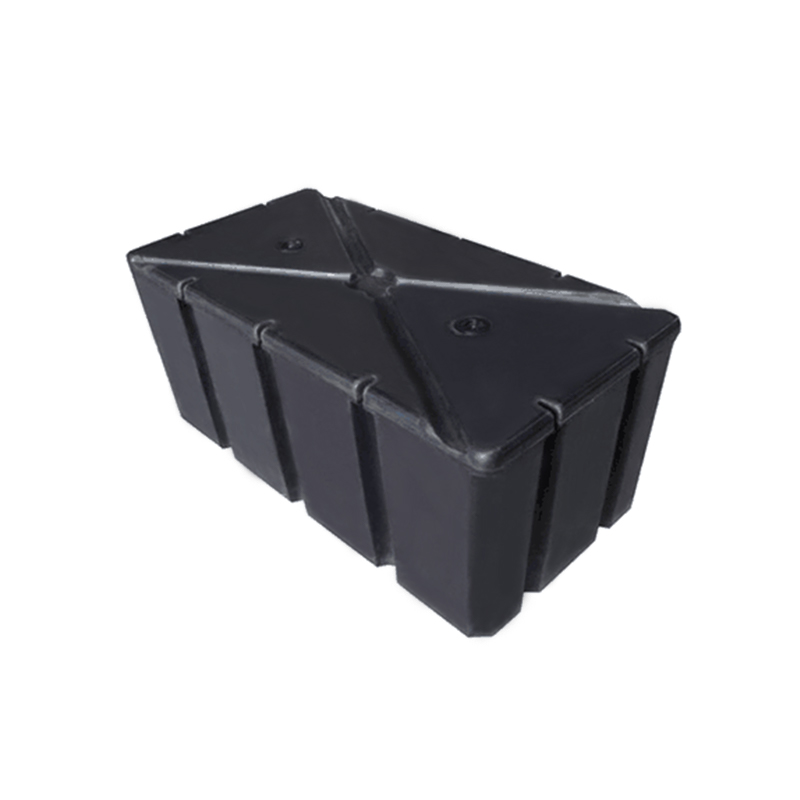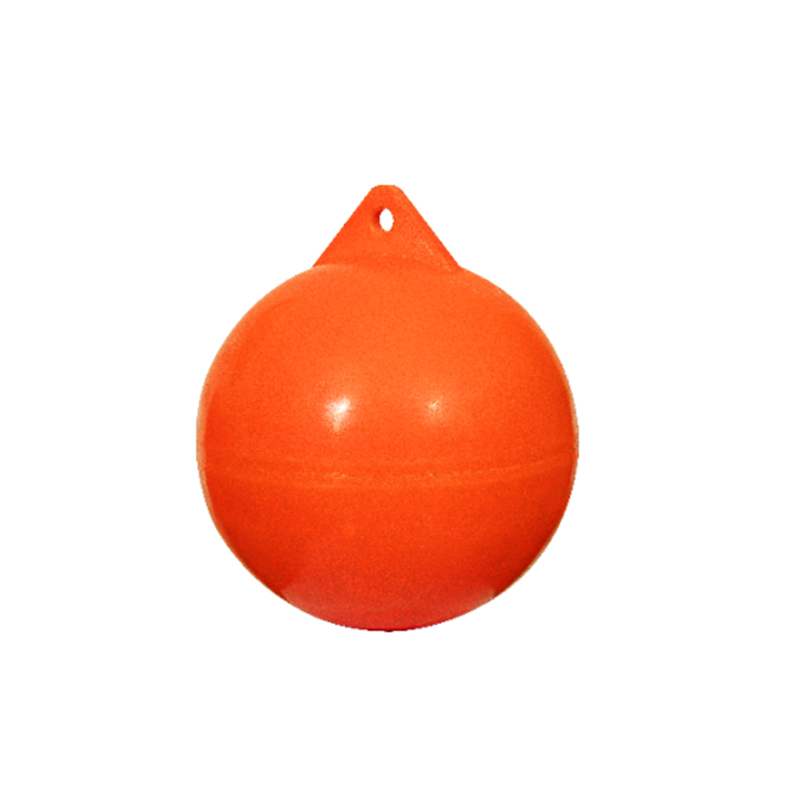How to choose the cushioning lining material and shape of Rotomolding Rescue Equipment Box according to actual needs?
1. Equipment protection needs
When selecting the cushioning lining material for the Rotomolding Rescue Equipment Box, it is necessary to consider the specific needs of protecting the equipment. The protection requirements of different equipment vary greatly, so it is very important to choose the right lining material. For example, for precision electronic equipment or high-value instruments, high-performance cushioning materials such as polyurethane foam or EVA foam are usually required. These materials have excellent impact absorption and cushioning properties, which can effectively protect the equipment from external shock and vibration. Polyurethane foam has high elasticity and durability, which can disperse the impact force when the equipment is hit, thereby reducing the risk of damage. For heavier mechanical equipment or tools, it may be more appropriate to choose a thicker rubber lining or polyethylene lining. These materials have high impact resistance and wear resistance, which can effectively absorb and mitigate external shocks, thereby protecting the equipment from damage.
2. Environmental conditions
Evaluating the exposure conditions of the equipment in the actual use environment is another key factor in selecting cushioning lining materials. Different environmental conditions will have an important impact on the selection of lining materials. For example, if the equipment is often exposed to extreme temperature conditions, such as high or low temperatures, the lining material must have good temperature resistance. Choosing lining materials with high or low temperature resistance can ensure that the equipment is effectively protected in various environmental conditions. Moisture resistance is also an important consideration. If the equipment may be exposed to moisture or humid environments, choosing lining materials with moisture resistance, such as waterproof foam or sealing rubber, can prevent the lining material from absorbing moisture and keep the equipment dry and safe.
3. Liner shape
The shape of the liner needs to be customized according to the specific shape and size of the equipment. The liner should match the shape of the equipment exactly to ensure that the equipment can be firmly fixed in the box and will not be damaged by movement. You can choose a custom-cut liner to precisely fit every corner and edge of the equipment. If the equipment is irregularly shaped or has multiple components, consider using a modular liner system. This system allows adjustment and combination according to the specific shape of the equipment, providing better adaptability and flexibility. In addition, the design of the liner should also take into account the way the equipment is fixed to ensure that the equipment will not be displaced in the box due to vibration or collision.
4. Cleanability
The cleanliness of the liner is also an important factor to consider when selecting materials. If the liner needs to be cleaned frequently, choosing a material that is easy to wipe and does not absorb dirt will help maintain the hygiene of the liner and the safety of the equipment. For example, a smooth plastic liner is easier to clean than a porous foam liner because it does not accumulate dust or dirt and can be kept clean by simply wiping. For liners that need to be cleaned during frequent use, choosing a material with a smooth surface and easy to dry can reduce the time and cost of cleaning and maintenance.
5. Budget constraints
The prices of different liner materials vary greatly, so it is very important to choose the right material according to the budget. When choosing materials, in addition to considering protection performance, cost factors should also be considered comprehensively. High-performance materials such as high-density foam or special synthetic materials are usually more expensive, but they can provide better protection performance. In the case of a limited budget, you can choose cost-effective materials that can meet basic protection requirements while controlling costs. You can also consider reducing costs by optimizing the liner design, such as using an appropriate amount of high-performance materials and using more economical materials for other parts to achieve the purpose of budget control.


 English
English عربى
عربى




















